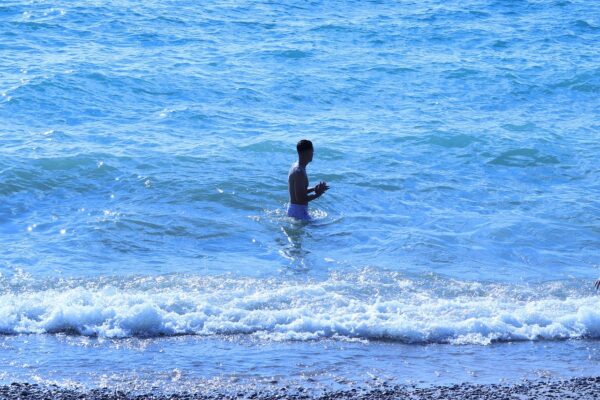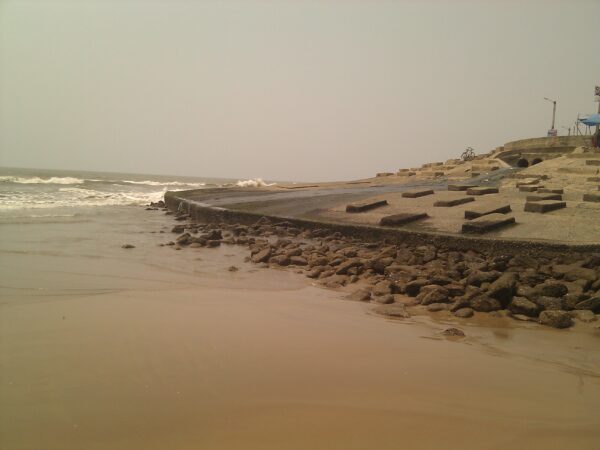
Geneva Pattison
On foot of recent reports of the quality of sea water making some swimmers ill, the Environmental Protection Agency has released the Bathing Water in Ireland report. The EPA has released information regarding the standard of Irish coastal water, finding that 142 out of 148 beaches in Ireland met or surpassed the minimum level of hygiene. This overall finding for 2020’s water quality is up 95% on the 2019 figures.
However with SOS Dublin Bay’s claim that up to a fifth of swimmers surveyed for their research became ill in some way post sea swim, does this add up? The EPA have clarified that because of the ever changing weather in Ireland during “rainfall events”, that the quality fluctuates quite regularly. As stated by the EPA in their press release, the rain levels “can wash pollution into our bathing waters”.
The EPA have advised any regular sea swimmers to check www.beaches.ie, for up to date information on the water quality of a swimming zone.
Further information from the EPA’s report states that 111 bathing water sites had excellent quality bathing water, an increase on the 107 noted for 2019. There were four countrywide incidents of poor quality bathing water being found, in Balbriggan (Front Stand Beach), in Galway (Clifden beach), at Lough Ennell in Westmeath (Lilliput) and in Kerry (Cuas Crum).

Where is the pollution coming from?
There were 57 reports made to the EPA in relation to incidents of water polluting in 2020. As mentioned by the EPA, smaller occurrences of pollution in a bathing spot can have a knock on effect if they’re not dealt with quickly. For incidents of water polluting, swimming bans would be implemented in a swimming spot, until the water samples test safe.
The EPA noted in their release, that the most common form of water pollution came from urban waste water systems, clarifying further that Irish Water needs to made drastic improvements in relation to water treatment plants and networks.
During periods of high rainfall, notices stating “Prior Warning” in swimming areas will be erected to warn swimmers of the potentially nasty water quality. The EPA have said that last year, 135 prior warning signs were put up by local authorities in Irish public bathing zones.
See https://www.beaches.ie/ to check your local bathing water quality.



